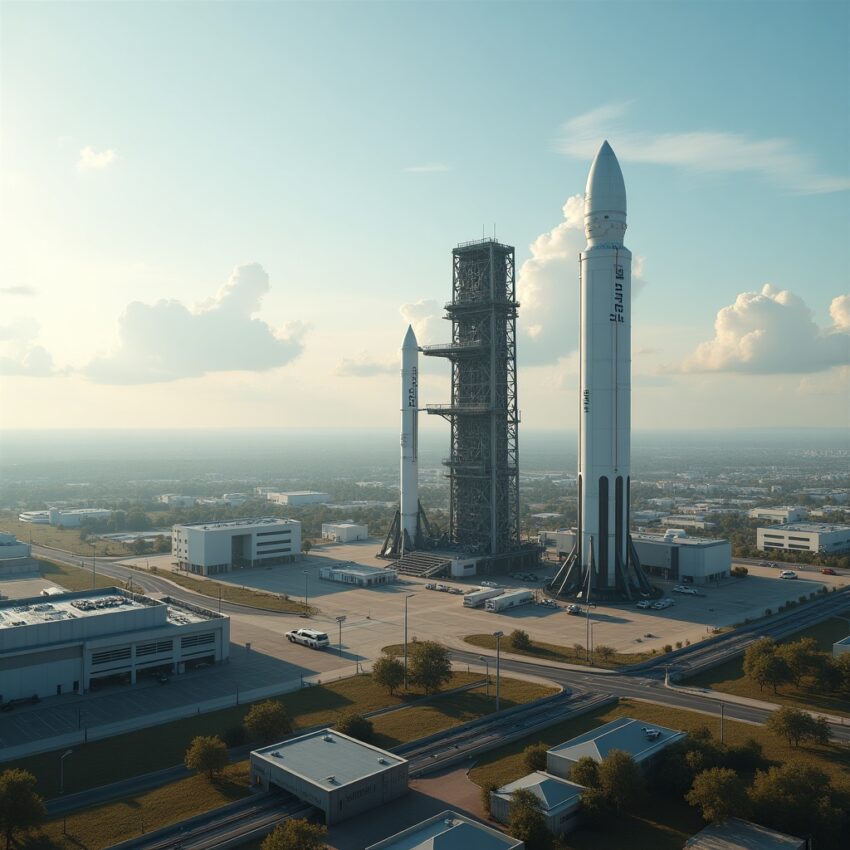Once just a quiet coastal area near Boca Chica, Texas, the home of SpaceX’s ambitious Starship program has now officially become a city: Starbase. The bold move blends aerospace innovation with municipal self-governance, turning a launchpad into a living, growing community.
Table of Contents
- Why Starbase Was Formed
- Who Leads the New City?
- Benefits and Criticism
- A New Model for Private Cities?
- Conclusion
Why Starbase Was Formed
According to local sources, the idea of forming a new city had been floating around SpaceX for years. In April 2025, residents — mostly SpaceX employees and their families — voted to officially incorporate the surrounding area as “Starbase.” The vote passed with overwhelming support: 212 in favor, just 6 against.
The move gives SpaceX more flexibility to build infrastructure, housing, and services without going through external bureaucracy. It also solves a key logistical problem: how to support a growing workforce in an area previously underserved by public resources.
Who Leads the New City?
Bobby Peden, a SpaceX vice president, was elected unopposed as the city’s first mayor. Two other SpaceX-affiliated residents were appointed as commissioners. The leadership team, all deeply familiar with the company’s mission and pace, will oversee city planning, zoning, and day-to-day governance.
Interestingly, Elon Musk has not taken an official title in the city’s structure, but insiders suggest his influence will be felt in all major decisions.
Benefits and Criticism
For SpaceX, the benefits are clear: fewer delays, more autonomy, and the ability to rapidly build housing and facilities near the Starship launch complex. For employees, it means shorter commutes and more community support.
But not everyone is thrilled. Environmental groups have raised alarms about unchecked industrial expansion near a sensitive coastal ecosystem. Others worry about precedent — what happens when a private company governs a city?
“This could be the beginning of a new era in corporate-led urban development,” said a researcher at the Urban Policy Institute. “But it must come with accountability.”
A New Model for Private Cities?
Starbase may be a glimpse into the future: privately initiated cities with streamlined rules, built around technology hubs. Similar ideas have been floated by other billionaires, but SpaceX is the first to successfully bring it to life.
The question now is sustainability. Can a city built by engineers function well for families, education, and culture — or will it remain a company town?
Conclusion
Whether Starbase becomes a thriving example of innovation-driven urban planning or a cautionary tale remains to be seen. For now, it’s undeniably historic. A launch site became a city — and possibly, a prototype for future off-world settlements.

